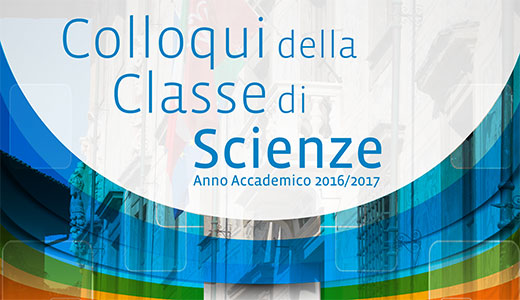
Let There Be Light: The Observational Quest for the First Galaxies
Italia
The first billion years after the Big Bang can be regarded as the final observational frontier in assembling a coherent picture of cosmic history. During this period early stars and galaxies formed and the Universe became bathed in ultraviolet light for the first time. Sometime during this period hydrogen in the medium inbetween galaxies also transitioned from a neutral gas to one that was fully ionized. How and when did this `cosmic reionization’ occur and were early star-forming galaxies the primary agents? Recent measures by ESA's Planck satellite suggest that reionization was a rapid process occurring later than originally envisaged. This development raises the exciting prospect that we may be able to directly observe the first galaxies. Deep exposures with the Hubble Space Telescope have provided the primary evidence that star-forming galaxies were present during the relevant period. Detailed spectroscopy of these galaxies is now required to address these important questions. I will review the rapid progress being made in this area with current facilities, and the prospects with upcoming ones, including the James Webb Space Telescope due for launch in 2018 and extremely large ground-based telescopes now under construction.
